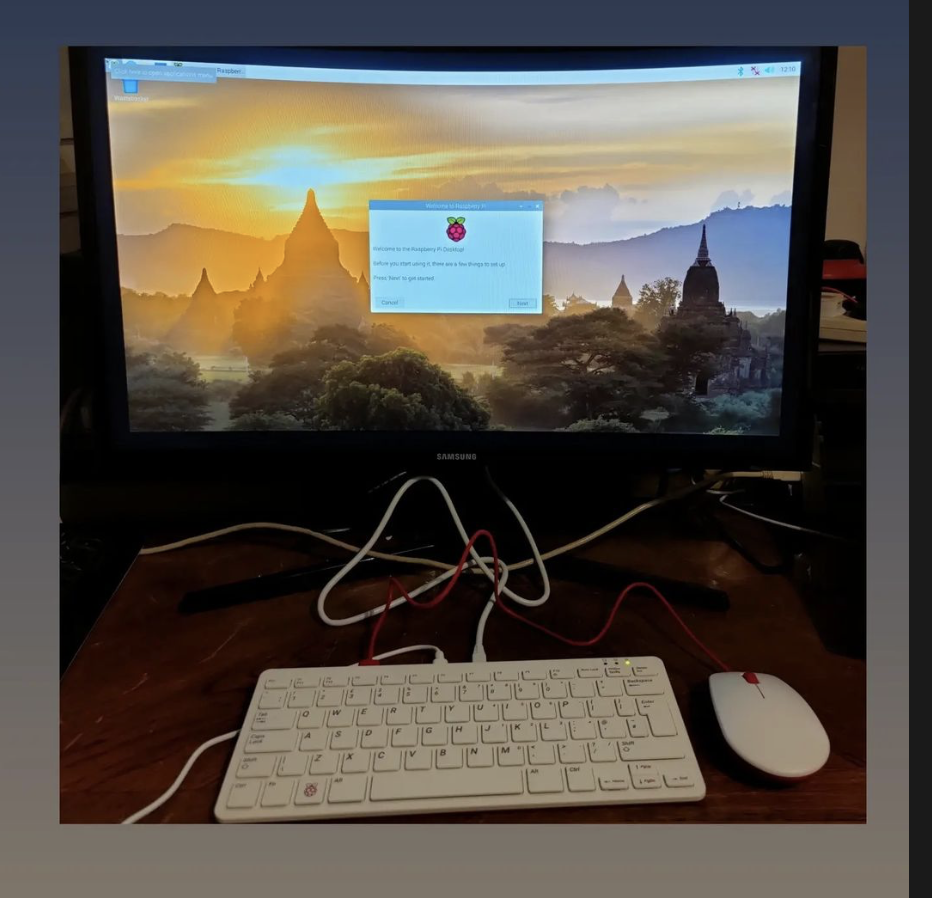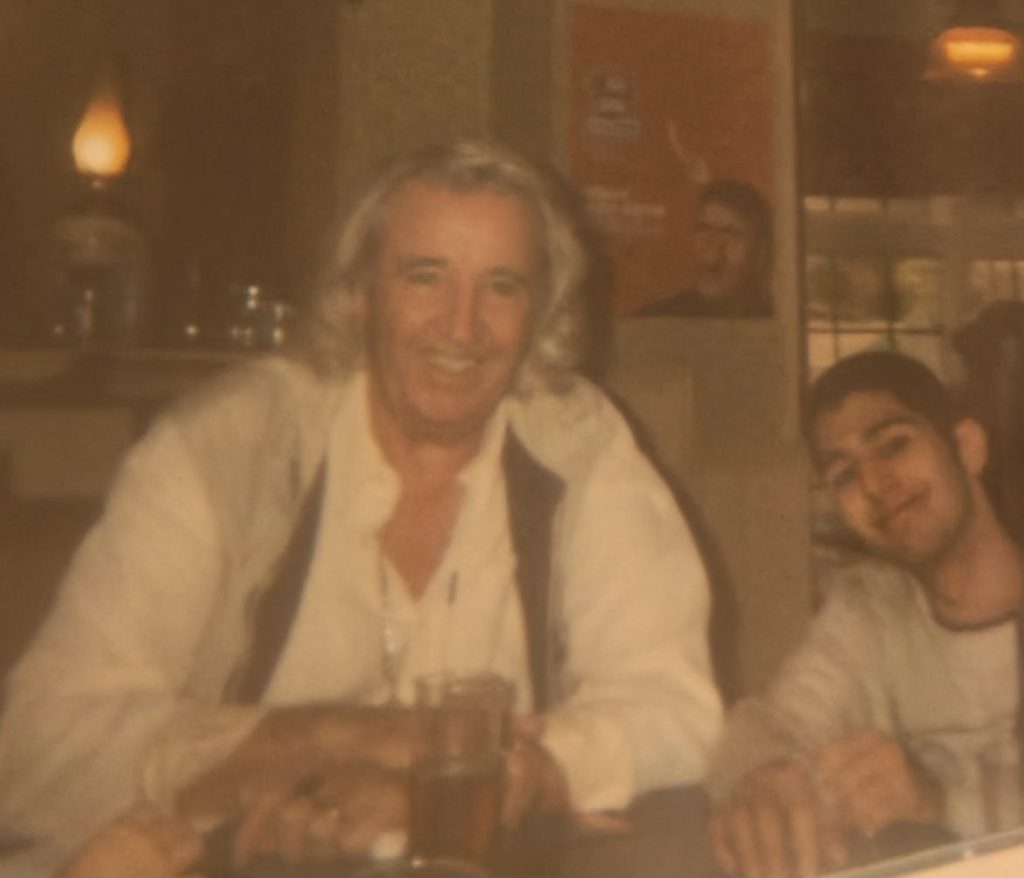ConINT returns to share more OSINT goodness and I deliver my first talk there too!
Wow! So after the success of 2020’s ConINT – there was another one!! The Many Hats Club pulled off yet another conference to help us through lockdown, while also doing some good for charity too!
I didn’t manage to catch all the talks as I was prepping for my own so I hope the videos come out soon, but really great talks from White Hat Inspector, Mandy Cox, Bosint Blanc, and Rae Baker that I managed to tune into. The closing remarks from Luke Phillips and Nicole Beckwith were also fantastic!
I DJ’d for the after party in my Dan Sampayo Djing guise too – it was great fun to mix on 2x 1210s and 2 CDJs and help raise money for the awesome cause that is the NCPTF – The National Child Protection Task Force. The work they do is amazing!\
Then the final day was spent taking part in the Tracelabs ConINT Missing Persons Search Party. You can find more info on what they are here! This time myself and my girlfriend took part as Vertical Interference and we finished a very respectable 97th out of 219!
Update: You can find the ConINT after party set on the Infostep DJ Mix page.
Raspberry Pi – yum!
My talk, “Create a Raspberry Pi OSINT Lab” was exactly that! We are often told to keep separate machines for OSINT work (or any forensic work for that matter) and often due to expense, this means using VMs. I mainly use VMs for this they’re a great tool and the best part is that you can delete investigations so you don’t keep going back to them – having now done three Tracelabs Global OSINT Search parties, I very much appreciate the need to put things away when done. It’s important for your own mental health. You can only do so much.
But what if you don’t even want to use VMs? Well that’s where the Raspberry Pi comes in! Your own portable, powerful OSINT machine!
So here is our machine of choice:

A Raspberry Pi 400! What I like about this is that at they’re a pretty solid computer for under £100. Not the best keyboard or mouse, but the fact that all you need is a monitor is pretty impressive!
Fingers In Many Pis
So we can use the Pi for dev work. And that’s what they’re meant for – teaching people to code. But why not use it for other things, like OSINT? Tbh a lot of OSINT doesn’t need much computational power so is a perfect candidate for such a thing! And tbh the Raspberry Pi 400 is a quad-core 64-bit ARM processor with 4GB of RAM – it’s hardly trying to run it on a 386 right?!
That being said, I was surprised to find that initially a lot of the programs ran incredibly sluggishly, to the point that it was barely usable. So I did some digging…..
Sticky Fingers
So why would it be running sluggish? I decided originally that perhaps all the coding stuff was. acting like bloatware. I decided to strip all of this out and rebuild without it.
But this still didn’t cause the problem…. hmmmm…
That’s when I stumbled on the problem! You see although the Raspberry Pi 400 comes with a 64-bit processor guess what Pi OS is?!?! 32-bit!!!! Dang!
Luckily there is a 64-bit version of Pi OS available, but it’s experimental. Once I downloaded this, I found I got much better performance from OSINT tools like Sherlock, which previously would just hang, and the experience was much better.
Hopefully 64-bit Pi OS gets a full release as it seems a shame to have all this power and an inability to use it effectively.
A good festive present?
So I’ll be honest, I love the Raspberry Pi and the whole ethos of its project. I think it certainly has a place to help educate the engineers of the future. How can I be so sure of this? Well let me tell you the story of a rather inspirational fellow called Bill Miles.
Bill Miles was my great-grandfather. Although we weren’t connected by blood, you wouldn’t know that because we shared an immense love. He was a lovable rogue who used to tell fantastic stories of his time in the Merchant Navy to me and my siblings when we were kids (and adults for that matter). He had a zest for life and life was just fun when he was around! Here’s a photo of him and me when I was 17!

He loved writing poems, making art through drawings and paintings and also valued education – he often got me A-Level maths and physics books for my birthdays when I was 9-11! He also loved seeing the world and would often go hiking around Cornwall, sometimes on his own, which worried my family more and more as he got older! He always returned with more stories to tell. I like to think a lot of my personal positivity around life comes from his influence.
Anyhow, when I was 13 I, along with most kids my age, wanted to play Command & Conquer! The amazing game of strategy and war! Some of my friends had 386 or 486 PCs but sadly my family didn’t. I grew up poor and new PCs aren’t really a major necessity when you’re struggling to buy food! That being said we still had a SNES, NES and GameBoy from the late 80s / early 90s so we didn’t have it too bad!
I thought that as I was approaching the start of my GCSEs I could wangle getting a 486 for my 14th birthday! I said I needed a computer for schoolwork! Genius!
Well….. kinda! As I unwrapped the packaging I had to hold in my disappointment as I found a second hand Amstrad PC1512. An 8086 machine from 1983. I knew Bill Miles had used his savings on it so I didn’t want to appear ungrateful, but this certainly would not be able to play Command & Conquer!
For the following years I would curse this machine but also find ways of showing my great-grandad how good it was. Obviously I couldn’t buy any new software for it so decided I could try and create my own using Turbo Pascal 6.0 – games, databases, anything!
And there it is! See I can thank Bill Miles for giving me the tools that gave me a successful career in software! If it just played Command & Conquer I may never have delved under the hood, learnt Turbo Pascal, read up on 8086 assembler, researched overclocking a motherboard (this was attempted and was the ultimate end of the machine as it burned up in front of my very eyes)!
And THIS is what I love about the Raspberry Pi project – they’re cheap enough and accessible enough to delve under the hood. It’s also why I love Arduino boards. We MUST inspire the next generation to understand deeply how computers work because the more we use them as a mere entertainment means, vacuously drooling into the doom-scroll of death, the more simpler we become as people and the more ingestible we are to machine learning models. We must give young people the tools to question the ethics of computer usage, disinformation caused by social media, know that cryptography is something they should use and have the ability to build alternatives, should they wish to.
If you care for a child, give them one of these things that they can learn from. That is cheap enough that it’s OK if they break them! That it’s not self contained enough that they can easily flip the hood! They might not appreciate it when given to them but they might thank you later!
We should all be more like Bill!

Leave a Reply